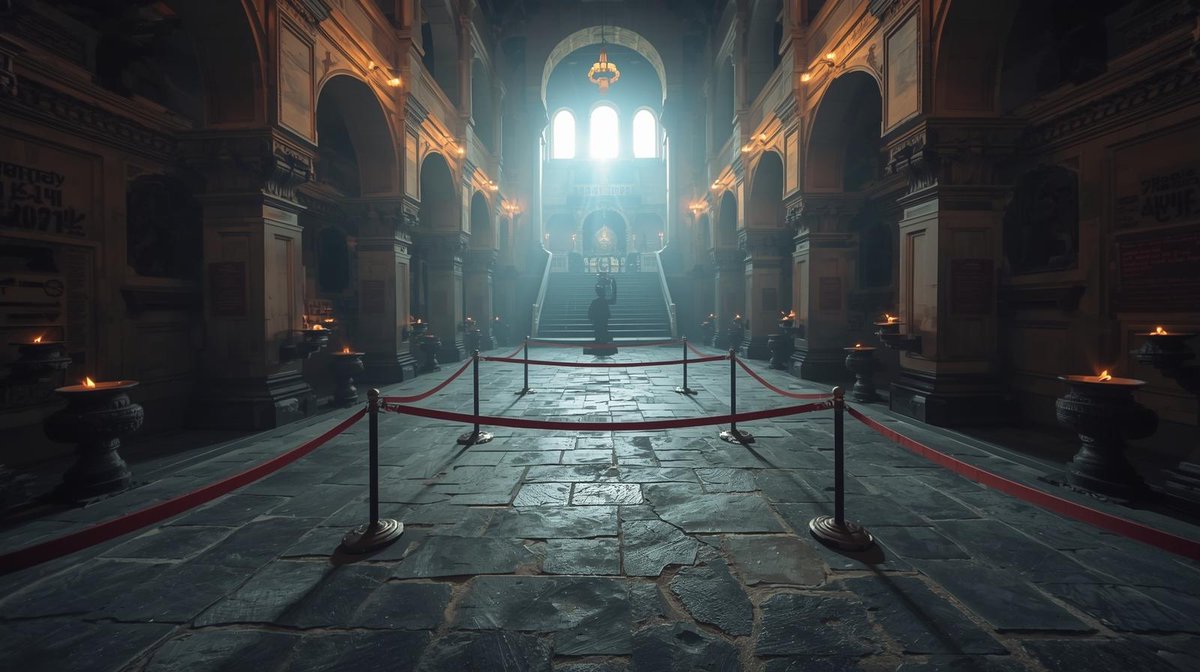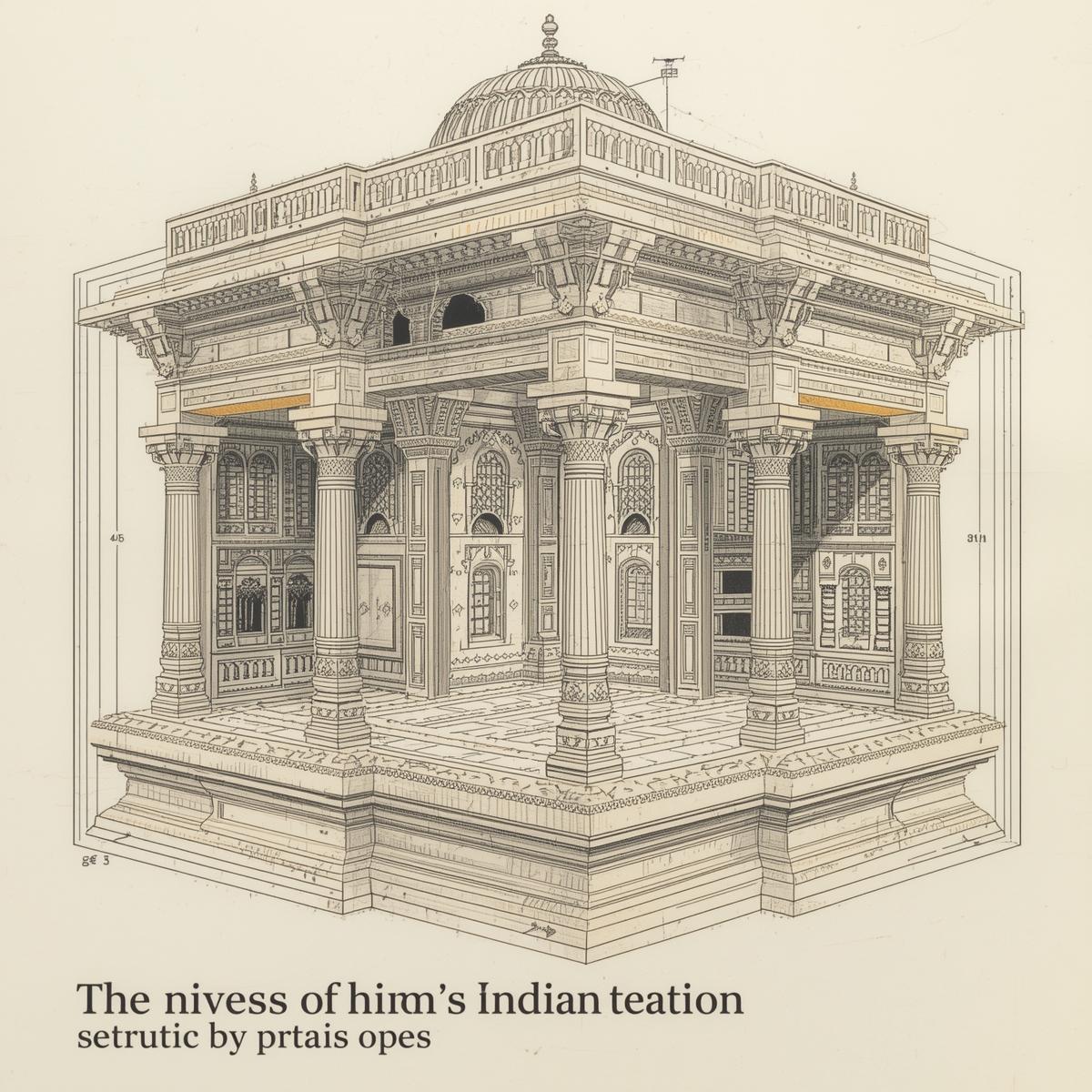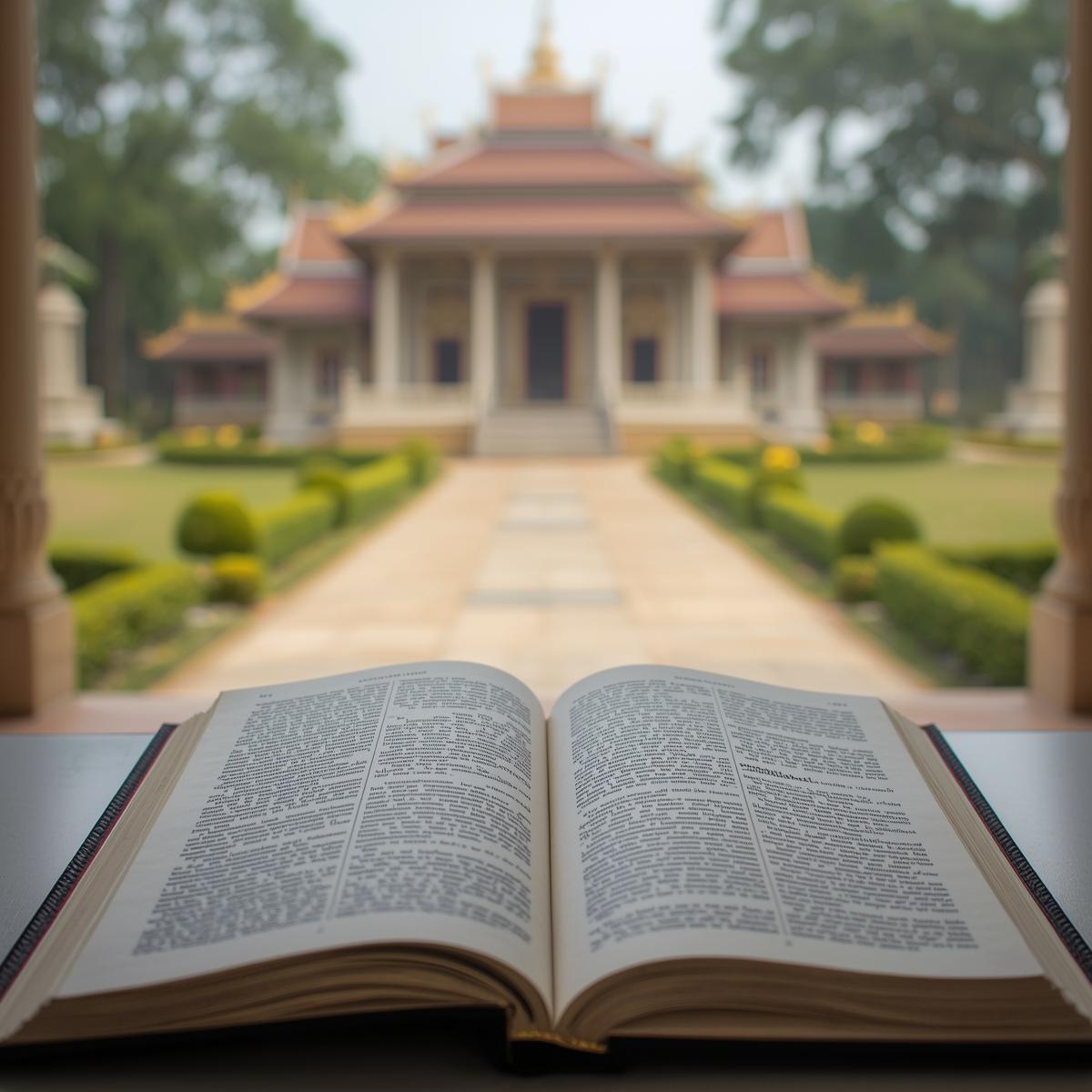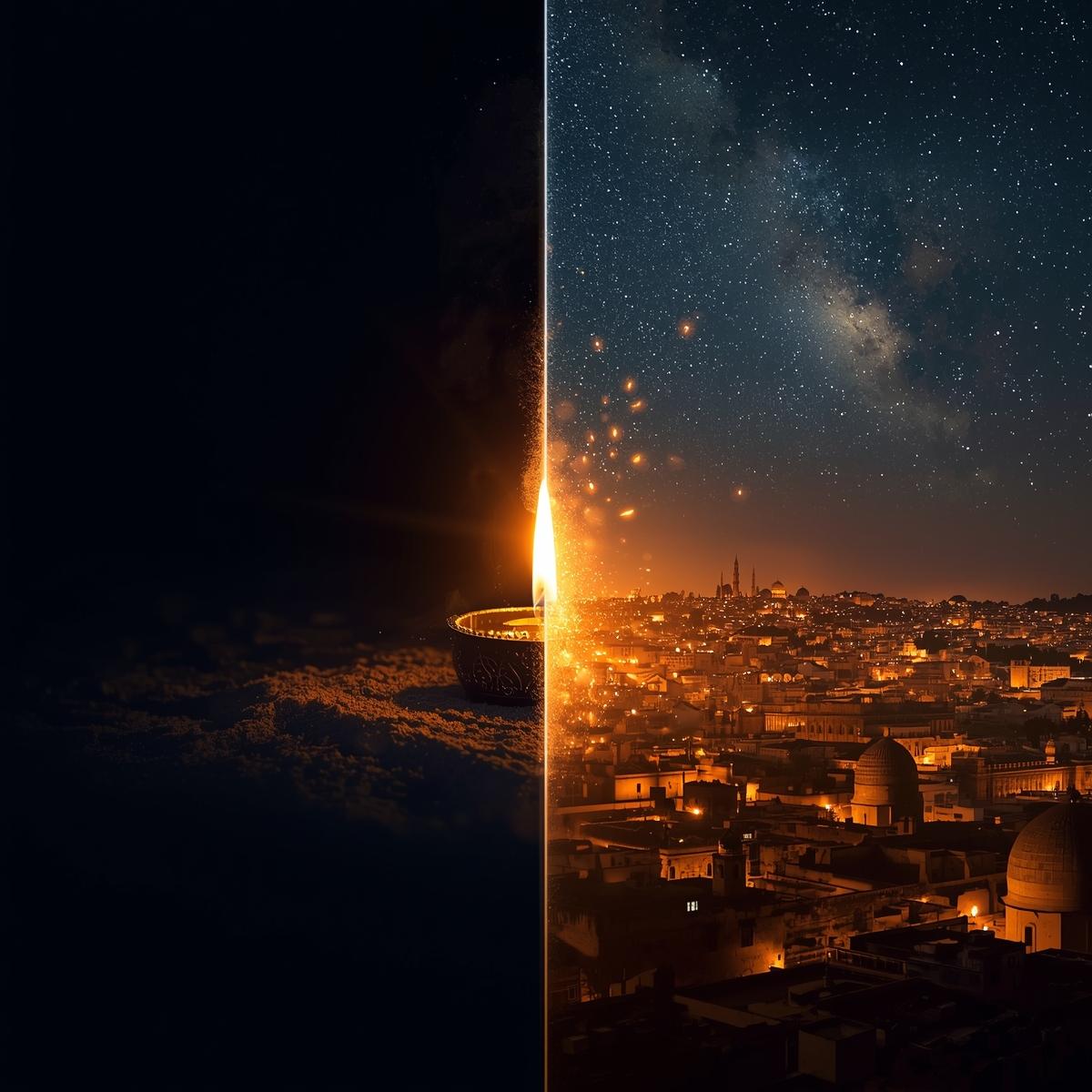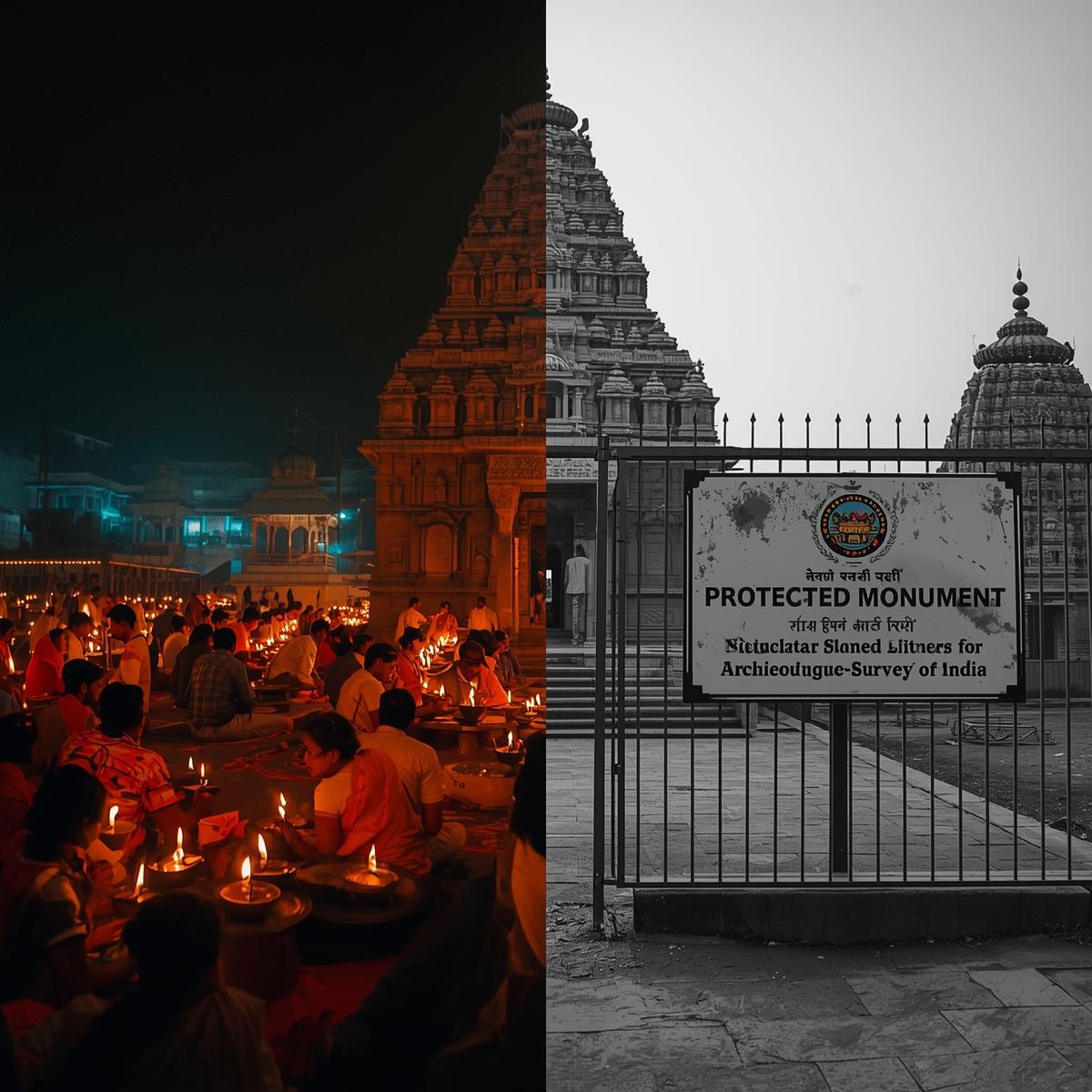1/ Assam State Museum has 13,802 objects and out of which 1,621 are displayed. @himantabiswa sir if you can get these #Archaeological objects scanned, it will be a great boon for Assam Heritage and Tourism. museums.assam.gov.in/portlets/maste… 

@himantabiswa 2/ This represent a beautiful female figure standing in tribhanga posture against a plain damaged back ground.
11th Century
Pic 1 : restored with Photoshop
Pic 2 : Poor Quality Government site NMMA
@himantabiswa you need to focus here boss.
#Assam #Archaeology

11th Century
Pic 1 : restored with Photoshop
Pic 2 : Poor Quality Government site NMMA
@himantabiswa you need to focus here boss.
#Assam #Archaeology


6/ Mahisamardini (bronze)
Odalbakra, Kahilipara, Guwahati
C. 9th-11th Century A.D
museums.assam.gov.in/portlets/maste…
#Assam #Archaeology
Odalbakra, Kahilipara, Guwahati
C. 9th-11th Century A.D
museums.assam.gov.in/portlets/maste…
#Assam #Archaeology

• • •
Missing some Tweet in this thread? You can try to
force a refresh








